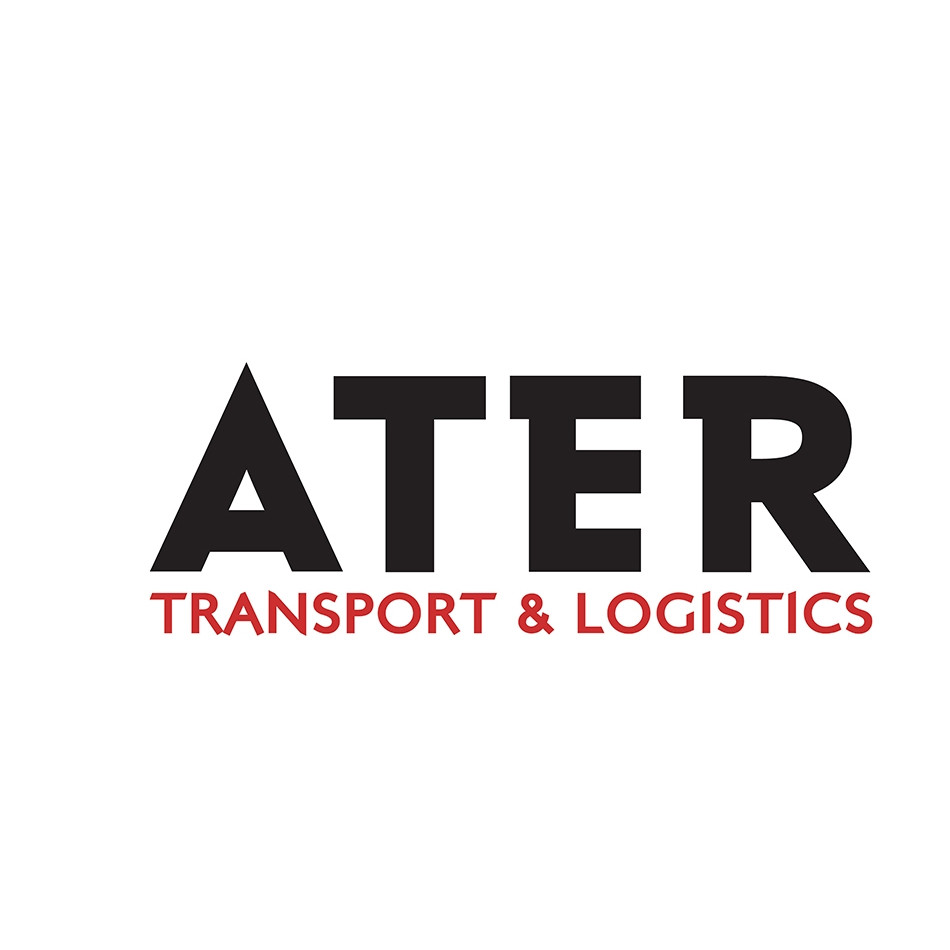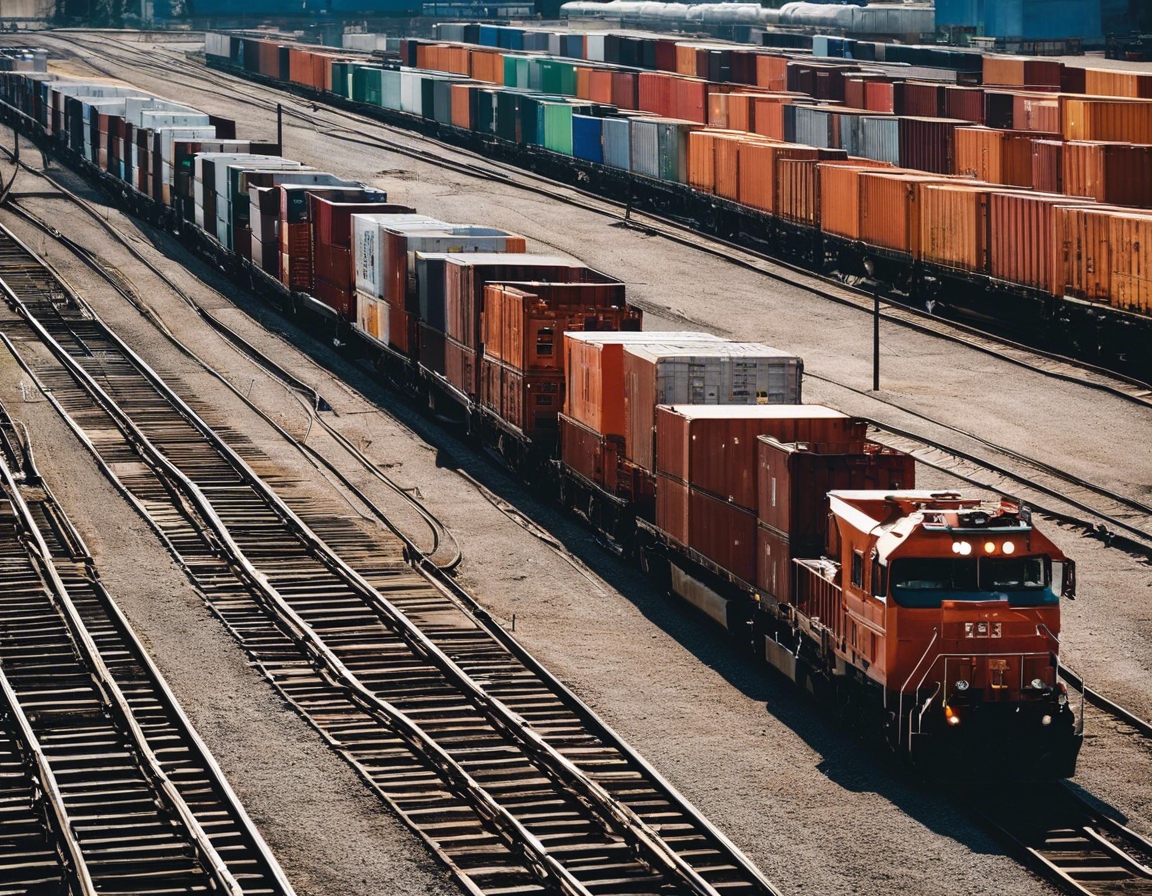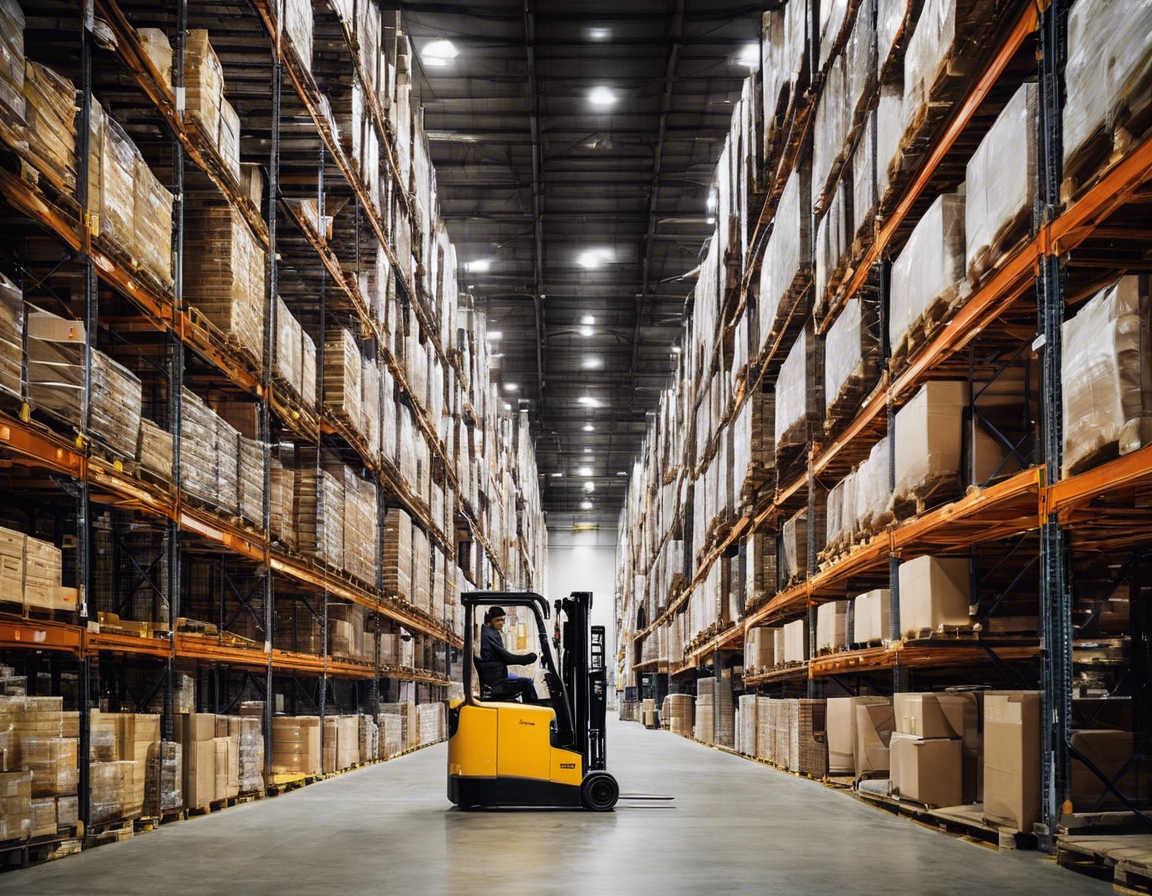5 tips for efficient international shipping
For small to medium-sized enterprises (SMEs) in the manufacturing and retail sectors, international shipping is a gateway to global markets and an opportunity for significant growth. Expanding beyond local borders allows businesses to diversify their customer base, reduce dependency on domestic markets, and increase overall competitiveness.
Despite the opportunities, international shipping presents a myriad of challenges, including complex regulations, potential delays, and the need for cost-effective solutions. SMEs often struggle with the intricacies of cross-border logistics, which can impede their ability to compete on a global scale.
Tip 1: Know Your Market and Compliance Requirements
Before shipping internationally, it's crucial to understand the specific demands and preferences of your target market. This includes cultural considerations, local trends, and consumer behavior. A deep understanding of your market will inform product offerings and promotional strategies.
Compliance with international trade regulations is non-negotiable. Familiarize yourself with the necessary documentation, tariffs, and trade agreements relevant to your target markets. Non-compliance can result in fines, shipment delays, and damage to your brand's reputation.
Tip 2: Choose the Right Shipping Partner
Selecting a shipping partner is a critical decision for SMEs. Evaluate potential partners based on their reliability, experience in your target markets, and their ability to provide comprehensive logistics solutions.
A reliable shipping partner like ATER AS can streamline your international logistics, offering end-to-end services that save time and reduce stress. With expertise in navigating Central Europe, Benelux, and Italy, ATER AS ensures your shipments reach their destination efficiently and safely.
Tip 3: Optimize Packaging for International Transit
Appropriate packaging is essential for protecting your products during long transits. It must meet international standards and be able to withstand various handling and environmental conditions.
Invest in quality packaging materials and consider the dimensions and weight of your packages. Efficient packaging reduces shipping costs and minimizes the risk of damage, ensuring your products arrive in pristine condition.
Tip 4: Leverage Technology for Tracking and Management
Visibility into your shipment's status provides peace of mind and allows for proactive customer service. Real-time tracking technology helps you monitor your shipments and manage expectations both internally and with your customers.
Advanced shipping platforms can automate many aspects of the logistics process, from documentation to billing. Leveraging these technologies can significantly improve operational efficiency and accuracy.
Tip 5: Plan for Customs and Avoid Delays
Accurate and complete customs documentation is crucial for a smooth clearance process. Ensure all paperwork is meticulously prepared to avoid any hold-ups at the border.
Work with your shipping partner to understand the customs process and identify potential bottlenecks. By planning ahead and being prepared for customs requirements, you can minimize the risk of delays and ensure timely delivery of your shipments.








Comments (0)